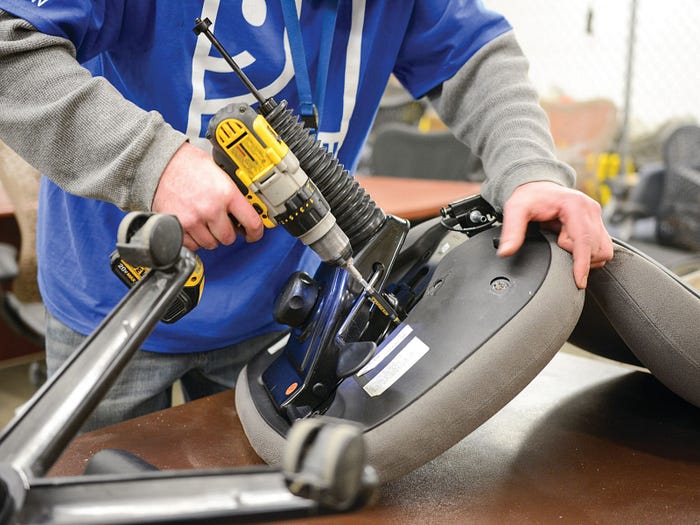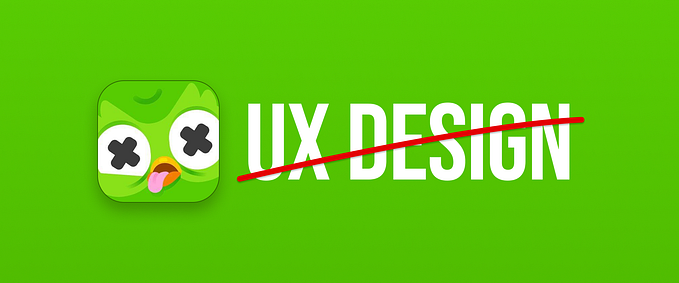Design for the environment

Design for the Environment refers to a series of techniques, principles, and methodologies used in engineering, economics, technology, business, environment, and policy disciplines to incorporate environmental considerations into the design, process, and manufacturing of products and services.
Design for the Environment (DfE) attempts to reduce the impact of product design on the environment of a product or service. It considers the whole life cycle — beyond using recycled materials or proper packaging or disposal.
Effective DfE practices maintain or improve product quality and cost while reducing environmental impacts.

The DfE approach includes five aspects that follow the life cycle of a product and enable companies to be more environmentally friendly in their work:
3. Packaging + Distribution
4. Use
5. End of life, Design For Disassembly, and Design for Recycling
DfE expands the traditional manufacturer’s focus on producing and distributing its products to a closed-loop life cycle, optimizes the relationship and interaction of the economic and environmental systems, and strives to produce sustainable development.
The driving force behind DfE includes customers, international agencies, governmental agencies, and all stakeholders in environmental well-being.
There are many ways to minimize a product’s environmental impacts. However, the most incredible opportunity occurs during the product design phases.
Therefore, organizations that develop new products need to consider many factors related to the environmental impact of their products, including government regulations, consumer preferences, and corporate environmental objectives.
Although this requires more effort than treating emissions and hazardous waste, it protects the environment. It reduces life-cycle costs by decreasing energy use, reducing raw material requirements, and avoiding pollution control.
Design for Environment (DfE) tools, methods, and strategies have become an important set of activities for product development organizations.
Life Cycle Thinking

The scientific process of understanding what impacts occur as a result of the materials that move through our economy is called Life Cycle Thinking, which is a complex, profoundly detailed process of breaking down all of the inputs that go into making something exist and looking at the outputs that occur as a result.
Life cycle thinking (LCT) includes the economic, environmental, and social consequences of a product or process throughout its life.
The best way to start any sustainability or circular economy adoption process is to start with systems and life cycle thinking approach.
— Leyla Acaroglu
Life cycle thinking aims to spread awareness about the ongoing environmental impact on humans. The advantages of this evaluation approach are based on the ease of avoiding creating new problems when solving others. It also refrains from the so-called displacement of loads, that is, the displacement of impacts from one stage of the life cycle to another.
Life cycle thinking also recognizes technological innovation as a solution for reducing environmental impact.
Additionally, the life cycle of thinking makes it possible to go beyond the traditional focus on the production site and manufacturing processes to include a product's environmental, social, and economic impacts throughout its life cycle. This approach can be applied at different scales, from single products to more complex systems.
Herman Miller: A good corporate neighbor by being a good steward of the environment

In June 2009, Herman Miller, a US-based office furniture manufacturer, launched the Setu multipurpose chair. The Setu (named after the Hindi word for bridge) aims to set new standards of simplicity, adaptability, and comfort for multipurpose seating while being environmentally friendly.
Stewardship of the environment has long been a core value for Herman Miller, but we are at a pivotal moment in the climate crisis. We believe in managing our resources responsibly to preserve Earth’s. Each measurable action adds up to the big changes we need.
Herman Miller designed the Setu chair in collaboration with Studio 7.5, a design firm based in Germany. Multipurpose chairs, such as the Setu, are used where people sit for relatively short periods, such as in conference rooms, temporary workstations, and collaborative spaces. (This contrasts to a task chair where the user sits for long periods.)
Studio 7.5 realized that many chairs in office spaces where people spend from a few minutes to a few hours at a time were uncomfortable and misadjusted. Moreover, most chairs are made with materials and processes that harm the environment. Studio 7.5 recognized a market need for a new and innovative multipurpose chair — one combining comfort, design for the environment, and a compelling price.

The core of Setu is a flexible spine molded from two polypropylene materials and engineered to achieve comfort for nearly everybody. The spine flexes as the user sits and reclines, providing comfort and back support throughout the entire tilt range. Without any tilt mechanism and with only one adjustment (height), the chair is significantly lighter in weight, less complex, and lower in cost than the Aeron and Mirra task chairs.
The Setu chair illustrates the value of incorporating environmental considerations into product development. The Setu design emerged from Herman Miller’s commitment to minimizing the environmental impact of its products and operations. The Setu is designed for material recycling and is produced using environmentally safe materials and renewable energy.


Environmentally friendly materials: The Setu multipurpose chair is made of environmentally safe and non-toxic materials, such as 41% (by weight) aluminum, 41% polypropylene, and 18% steel.
Recycled content: The Setu is made of 44% recycled materials (by weight, comprising 23% post-consumer and 21% post-industrial recycled content).
Recyclability: The Setu is 92% recyclable (by weight) at the end of its useful life. Steel and aluminum components are 100% recyclable.
Clean energy: Setu is manufactured on a 100% renewable electricity production line.
Emissions: Setu's production releases no harmful air or water emissions.
Returnable and recyclable packaging: Setu components are received by Herman Miller in molded tote trays from a network of nearby suppliers and returned to the suppliers for reuse. Outgoing packaging materials include corrugated cardboard and a polyethylene plastic bag, both materials capable of repeated recycling.
Further Reading

— Thanks for reading.
I’m Bora, an independent designer exploring practical design knowledge, principles, design thinking frameworks, cognitive biases, and how to use design for good.
As designers, by expanding our knowledge, we can increase our impact.







